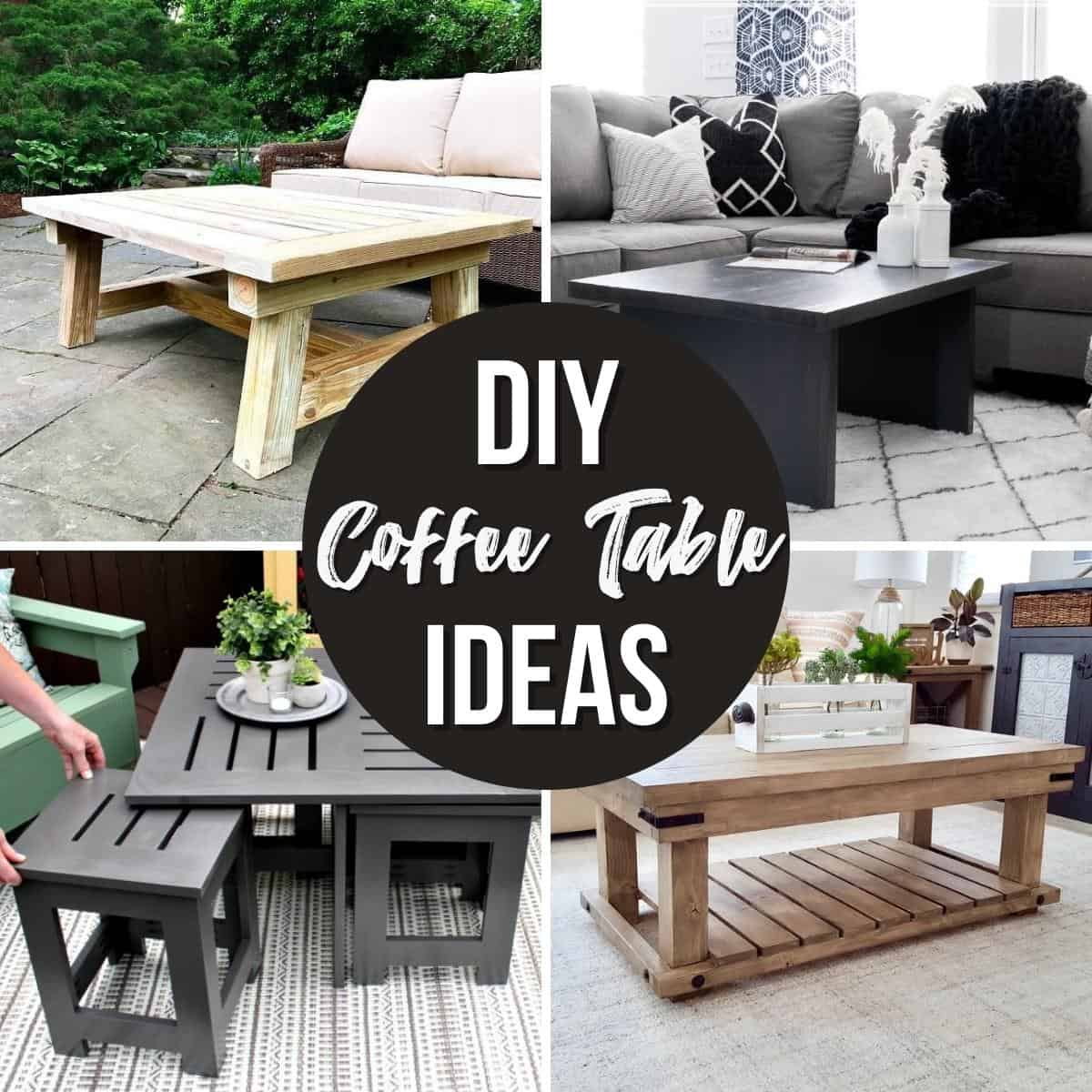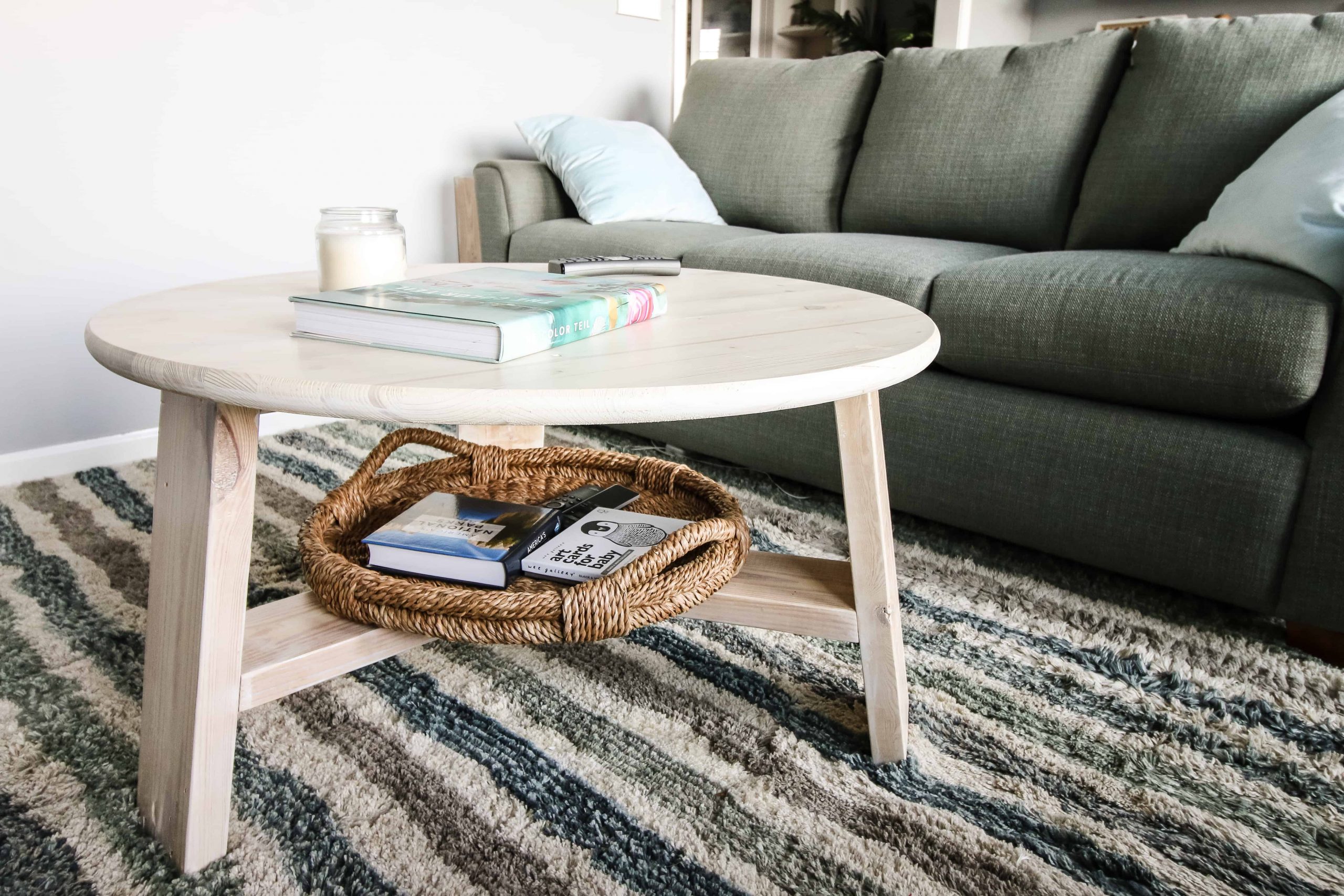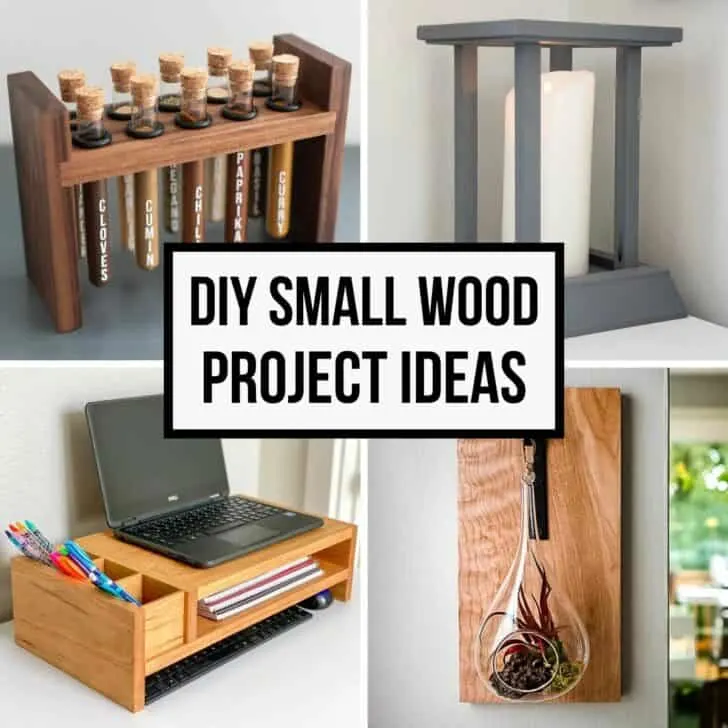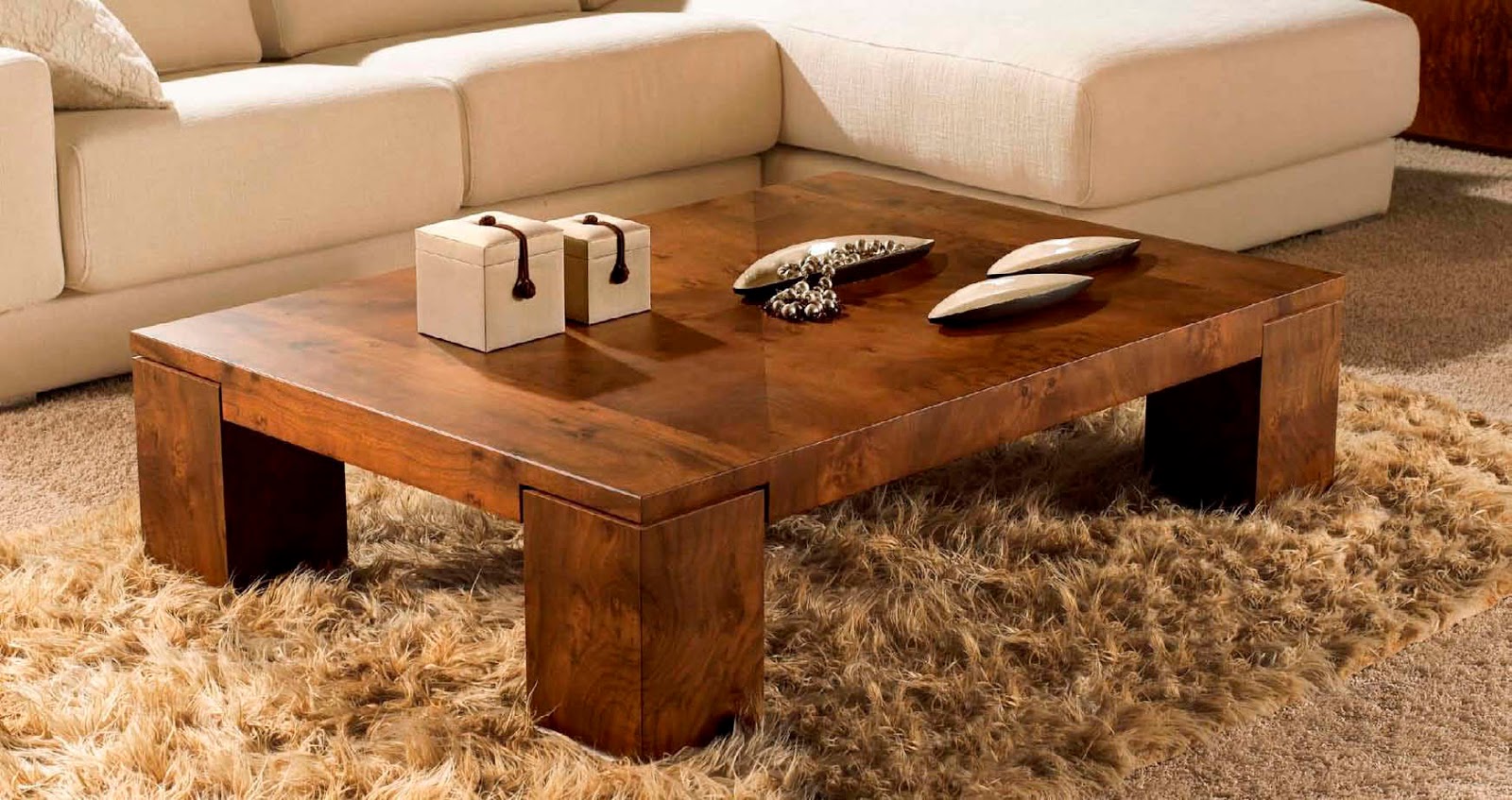
DIY Tiered Plant Stands: Turn Your Greenery into a Hot Commodity
Hey plant people! You know how much I love a good DIY project, especially when it comes to making my plant babies look their best. And what's better than a stylish plant stand? A tiered one, of course! Not only does it add a touch of whimsy to your indoor jungle, but it also maximizes your space, letting you showcase more of your leafy friends. The best part? Making these beauties is easier than you think! Get ready to unleash your inner crafter and whip up some plant stand magic.
The Power of Tiered Plant Stands
Let's face it, a well-designed plant stand can be the difference between a "meh" corner and a show-stopping botanical oasis. Tiered stands in particular are absolute game-changers. They offer a unique vertical display that can instantly elevate your plant game. Here's why they're so popular:
- Space-Saving Superheroes: They're perfect for smaller spaces, allowing you to pack in more plants without sacrificing valuable floor real estate.
- Eye-Catching Elegance: Tiered stands add visual interest and a touch of architectural flair, creating a stunning focal point in any room.
- Height Advantage: They bring your plants to eye level, enhancing their beauty and making them stand out even more.
- Versatile Style: You can customize them to match any decor, whether it's boho chic, farmhouse rustic, or modern minimalist.
- Easy to Build: Most DIY tiered plant stands are surprisingly simple to put together, even if you're not a seasoned carpenter.
Tiered Plant Stand Ideas That Sell Fast
Okay, let's talk about the real deal: turning your DIY skills into a profitable side hustle. These plant stand ideas are guaranteed to fly off the shelves:
Rustic Charm
Embrace the natural beauty of wood with a tiered plant stand made from reclaimed pallets or salvaged lumber. This look is super trendy and adds a touch of farmhouse chic to any space. You can even personalize it with a natural wood finish, stain, or paint it in a muted color.
Industrial Edge
For a more modern and edgy vibe, create a tiered stand using metal pipes or repurposed metal pieces. Combine metal with wood accents for a cool contrast, and you'll have an industrial-inspired masterpiece that's guaranteed to turn heads.
Macrame Magic
If you're into boho vibes, macrame is your best friend. Create a stunning tiered stand using chunky rope and macrame techniques. It's a little more time-consuming, but the results are seriously worth it. Plus, it's a great way to showcase delicate hanging plants.
Geometric Chic
Embrace clean lines and minimalist elegance with a tiered stand made from geometric shapes. You can use wood, metal, or even acrylic for a modern look. Play with different sizes and angles to create a dynamic and eye-catching design.
DIY Tiered Plant Stand Tutorials: Easy and Affordable
Let's get down to the nitty-gritty! Here's a step-by-step guide to creating your own tiered plant stand. Don't worry, it's easier than you think! I'll break it down into three popular options:
Wooden Tiered Plant Stand
What You'll Need:
- Wooden planks (different lengths for different tiers)
- Wood glue
- Screws
- Drill
- Sandpaper
- Wood stain or paint (optional)
Instructions:
- Cut your wooden planks to the desired lengths for each tier. You'll need three planks for a three-tiered stand.
- Use wood glue and screws to connect the planks together, creating a sturdy base for each tier.
- Once the glue dries, sand the edges and any rough spots for a smooth finish.
- Optional: Apply a wood stain or paint to your stand, adding a personal touch and protecting the wood.
Metal Pipe Tiered Plant Stand
What You'll Need:
- Metal pipes (different lengths for different tiers)
- Flanges (for connecting the pipes)
- Screws
- Drill
- Wrenches
Instructions:
- Cut the metal pipes to the desired lengths for each tier.
- Attach flanges to the ends of the pipes, creating a secure connection.
- Use screws to connect the pipes together, forming a stable tiered structure.
Macrame Tiered Plant Stand
What You'll Need:
- Chunky rope (enough for each tier)
- Wooden dowels (for the base of each tier)
- Scissors
- Macrame knots guide (online or book)
Instructions:
- Use the macrame knots guide to learn basic macrame techniques like the square knot and lark's head knot.
- Create a base for each tier by wrapping the rope around the wooden dowel and securing it with knots.
- Attach the tiers together using macrame techniques, creating a cohesive and stunning design.
Tips for Success
Here are some pro tips to ensure your DIY tiered plant stands are both beautiful and sell fast:
- Choose quality materials: Invest in durable and aesthetically pleasing wood, metal, or rope to create a stand that lasts.
- Pay attention to detail: A smooth finish, precise cuts, and even knot spacing will make your stand look professional.
- Offer customization: Allow buyers to choose the size, color, and style of their stand to personalize their purchase.
- Take stunning photos: High-quality photos showcasing your plant stands in action will help them sell faster.
- Set competitive prices: Research similar plant stands to determine fair pricing that attracts buyers.
Commonly Asked Questions
Here are some questions people often ask about DIY tiered plant stands:
What are some good places to sell DIY tiered plant stands?
You can sell your creations through online marketplaces like Etsy, Facebook Marketplace, or Instagram. Local craft fairs and plant swap events are also great options.
How do I know what price to charge for my plant stands?
Consider the cost of materials, the time it takes to create each stand, and the current market prices for similar products. Don't be afraid to price your creations fairly, reflecting the value you bring.
What if I'm not a skilled crafter?
Don't worry, there are plenty of simple plant stand designs out there! Start with something easy, like a basic wooden stand, and gradually build your skills.
I hope this guide has inspired you to create your own amazing DIY tiered plant stands! Remember, practice makes perfect. So get creative, have fun, and watch your plant stand business bloom!










:max_bytes(150000):strip_icc()/Wood-Joints-fdf0ae5b6e2c40438e6800fe91fe2733.png)


